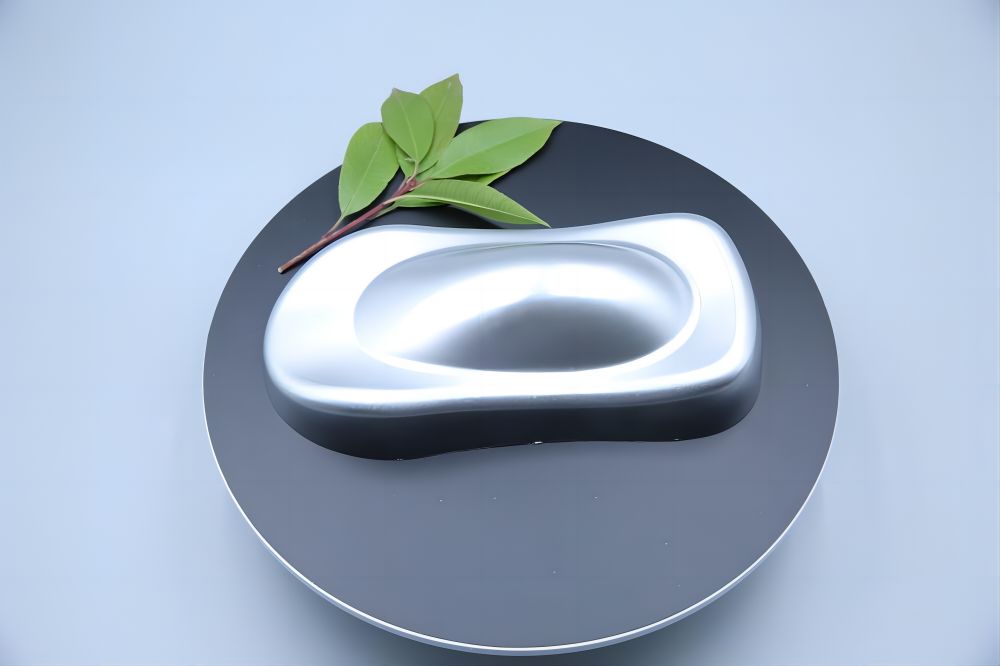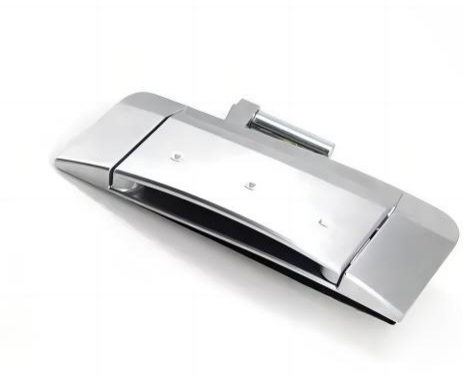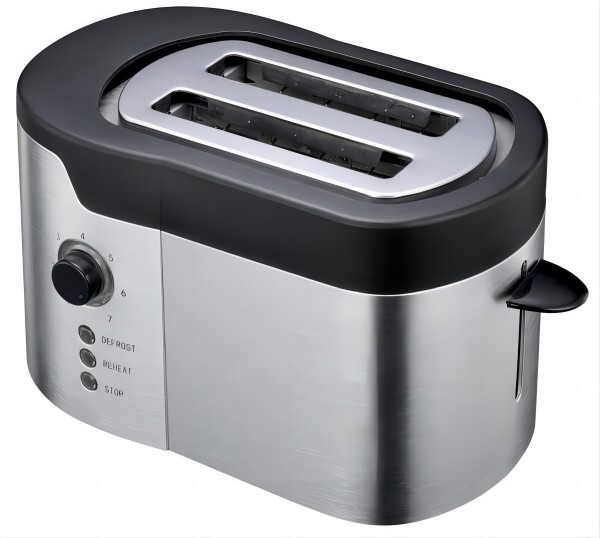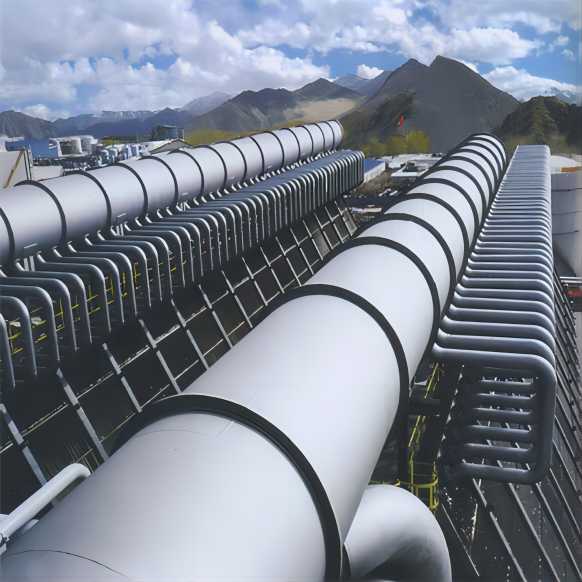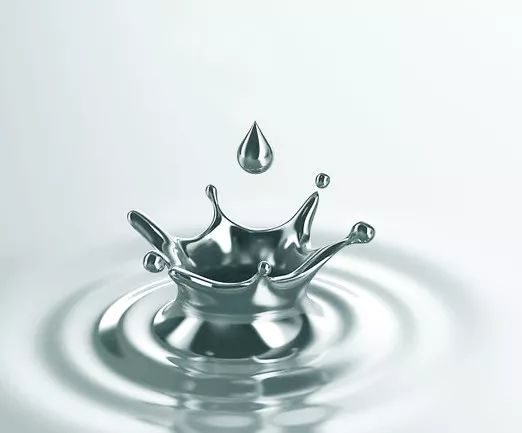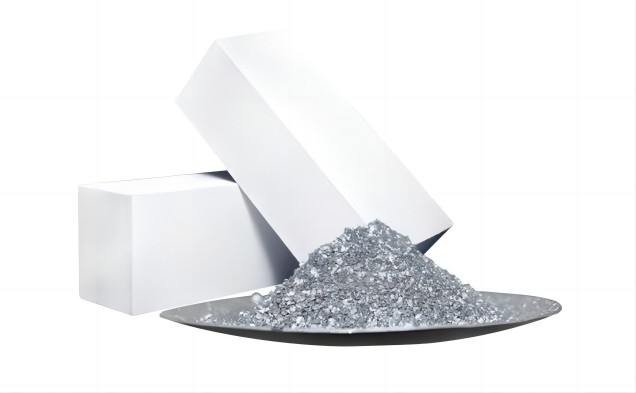Bronze Powder
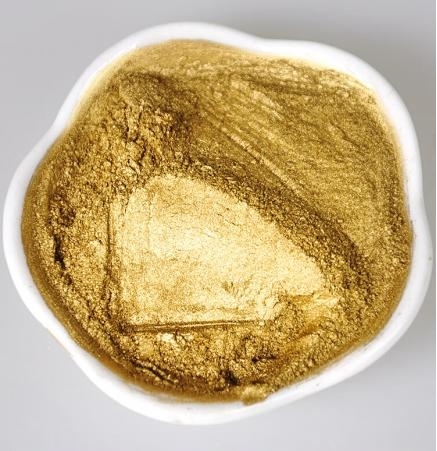
Bronze powder is a kind of fine-scaled metallic powder with copper and zinc as its main raw material, produced through smelting, painting, ball milling, polishing, and other processes. It is also known as copper and zinc powder, commonly known as golden powder. The surface color of copper alloy can be red, golden, white, and even purple because of its different components.
The bronze powder presents a variety of different colors with different zinc content. The powder presents a light gold color if zinc is less than 10% (which is called red gold), a rich light gold color if 10%-25% (which is called green red gold), rich gold color if 25%-30% (which is called green gold).
| Grade | Coloured light | Particle size (μm) | Water cover force (cm2/g) | Characteristic |
| 200(Mesh) | red/green red/green | 36-40 | 2500-3500 | High brightness,strong metal feeling |
| 400(Mesh) | red/green red/green | 25-30 | 3500-4500 | High brightness,strong metal feeling |
| 600(Mesh) | red/green red/green | 17-20 | 4000-5000 | High brightness,strong metal feeling |
| 800(Mesh) | red/green red/green | 13-15 | 4500-5500 | High brightness |
| 1000(Mesh) | red/green red/green | 45180 | 6000-7000 | High brightness |
| 1200(Mesh) | red/green red/green | 45085 | 7000-8000 | High brightness |
| 1500(Mesh) | red/green red/green | 44961 | 10000-13000 | High brightness,good stability |
| Gravure powder | red/green red/green | 45085 | 8000-10000 | High brightness; good covering force; good flake structure |
| Gravure gold bars | red/green red/green | 45085 | No dust,easy to disperse | |
Colored light: Red/ green red /green
Application instructions of Bronze Powder:
- Usually, ordinary bronze powder has good floating performance. We recommend don’t add a wetting agent or dispersant. Otherwise, it will reduce its floating property (metal feeling).
- If you want to adjust the floating performance of the bronze powder for special purposes, you can appropriately reduce its buoyancy by adding 0.1-0.5% citric acid. But it reduces the metal feeling in the meantime.
- If the ideal optical effect can not be obtained by adjusting the construction viscosity and drying time, say, the pigment particles can’t get proper orientation, a small amount of surface lubricant and leveling agent can be added to get the desired effect. Generally speaking, the re-dispersion performance of bronze powder is very good. If the precipitation phenomenon is found, you can add an anti-sedimentation agent or thixotropic agent (<2.0% ), such as a swelling agent, fumed silica, etc., in the formula.
- Storage: Bronze powder and its finished products should be stored at room temperature and in a dry environment. The unused bronze powder should be sealed immediately. Otherwise, the bronze powder will deteriorate due to oxidation if exposed to the air for a long time.
- Avoid a mixture of nitrocellulose resin and epoxy resin. Both of them can react with copper and produce gelatinoids. If it’s a must to use these two kinds of resin, please use them in a short time.
- Try your best to use the resin with an acid value lower than 3 (<3). The lower the acid value is, the better the resin is.
- Aromatic solvents can help to completely moisten the particles to achieve full dispersion. Alcohol solvents, ketone solvents, and incompletely acidified lipid solvents should be avoided.
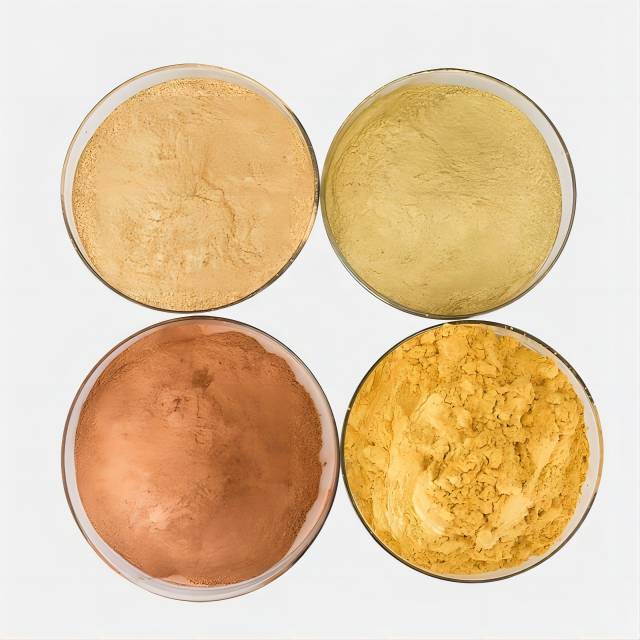
The Order Process of Bronze Powder


